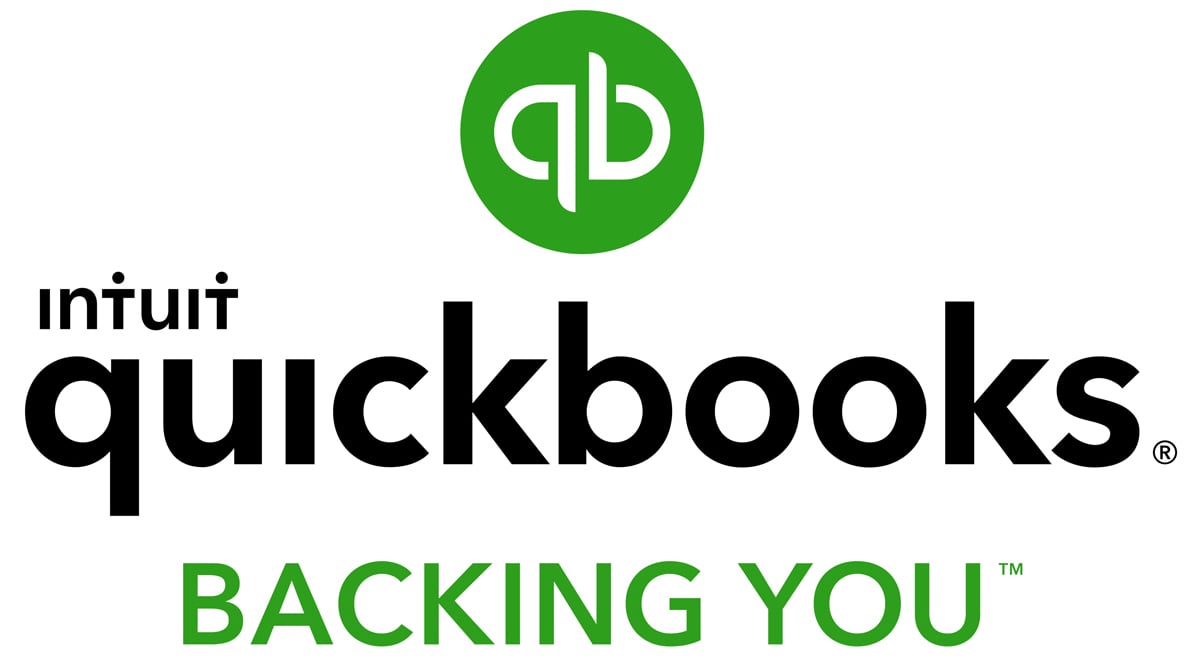The Income Statement: What It Is and How to Prepare One Like a Pro

When you’re running a business, your income statement should be the financial statement you’re most familiar with. In a perfect world, your income statement is an up-to-date, on-demand resource for knowing just how much your business made in a given time period. Plus, an income statement (also known as your profit and loss statement) will be a crucial piece of paperwork for various small business financial processes, like applying for small business funding.
And for something so vital to your business’s finances, an income statement is remarkably easy to understand. Especially if you’re as intimately familiar with small business finances as most business owners are, the basic concept behind an income statement is pretty easy to wrap your head around:
All of Your Profit – All of Your Expenses = Net Income
Easy enough, right? You’re probably wondering how we’re going to write an entire article on a concept so straightforward as an income statement. But stick with us—there are more ways of looking at this:
Profit – Cost of Goods Sold = Gross Profit
Gross Profit – Expenses = Net Income
Or even:
Net Revenue – Net Cost of Goods Sold = Gross profit
You get the point—beyond the basic concept behind an income statement, things can get a little more complicated than just the difference between your total revenue and your total expenses. And that extra complication behind income statements is what we’re here to clear up.
Understanding the Complexity Beyond Each Business’s Income Statement
At the outset, the income statement seems very simple to most small businesses, but depending on your business model, it can be infinitely more complex than what you would expect. Before we dive into all of the details on how these complexities can arise, we want to get this point across.
Let’s say, for example, you’re running a retail company. The freight that you pay to get your inventory into the warehouse before it’s sold is COGS (cost of goods sold). The freight that you pay to ship inventory to your customers is not COGS!
COGS is defined as all of the costs necessary to get the goods ready for sale. By the time you’re shipping to your customer, the goods have been sold, which means they were already “ready for sale” by the time they shipped them. That’s a selling expense, not COGS, making your income statement ripe for mislabeling and complications.
Want to see some interesting examples of how complicated income statements can get? Google your favorite online retailer + “income statement.” For example, take a look at Best Buy’s income statement. That should keep you busy for a while and ultimately get the point across—the more your business grows and evolve, the more complicated your income statement is likely to become.
Preparing the Most Accurate Income Statement
As to the question of how to prepare an income statement, you’ll need to start this process by thinking in terms of who’s going to be looking at the income statement you’re preparing. If you are mostly using it for internal purposes, to make decisions about the company, then the precision of your income statement matters less.
Most of the time, the only person outside of your company who will be looking at internal income statements would be your tax preparer. They will no doubt give you some guidance on what they need to see in your income statement in order to get your tax returns done. Outside of what your business’s tax prepared needs from your income statement, it will mostly be up to you. Lay your income statement out based on what you feel gives you the best information.
If Your Business Doesn’t Have Inventory
Technically, if you don’t sell inventory, then you don’t have COGS. Still, many service-based businesses use the COGS section of their income statement to describe “direct expenses.” These are expenses that would only be incurred if revenue was earned through the services in question. For example, a bookkeeping firm might show the salaries they pay their bookkeepers as COGS, so they can see a gross profit number that shows specifically how much money they’re making on their bookkeepers.
If You Have a Loan
Loan covenants—which you must follow if have a loan or line of credit with your bank—might impact how you structure your accounts, although much of that is likely to impact the balance sheet rather than your income statement. That said, there are certain metrics that you might call for your special attention in your income statement if you have a loan or line of credit. Any ratios involving “return,” such as “return on investment” or “return on assets,” mean we’re putting net income in the numerator. The question becomes: Which things should be included in “operating income” and which things should be placed “below the line?” You’ll need to pay close attention to these question of numerator and denominator as you create your income statement if your business has a loan.
If You’re Working With Investors
Investors often want to see what is called EBITDA, which is a type of income statement that shows earnings before interest, taxes, depreciation, and amortization. And that’s simply because investors want to look at how the business is performing without regard to these extraneous details. It gives investors (and perhaps lenders, too) a clearer picture of how the business is really operating without having to incorporate tons of distracting numbers. In cases like this, you want to set these discluded accounts up as “Other Income / Expenses” so that they show up at the very bottom of your income statement, “below the line,” where the line is the operating profit, or net ordinary income.
Working With an Accounting Professional to Prepare Your Income Statement
To help you understand how your income statement should look, we suggest working with an accounting professional who can look at your specific needs. In fact, when setting up a chart of accounts for new companies, accountants will typically start with the most minimal chart of accounts. This lets them create what they need as we go. Through this process, the chart of accounts, and with that, the financial reports and income statements, take shape based on what needs arise as they move forward and record financial transactions.
In the end, what accountants want from an income statement is simple—something that gives them a clear picture of a company’s financial performance, and an overall picture of the company, over a range of time and at any moment in time. From an audit standpoint, accountants need something that accurately presents the financial picture of a company in all material respects.
The Last Word on Income Statements for Small Business
As a small business owner, when you look at your own income statement, you should be able to get a feeling that it “looks right.”
And even though small business owners typically aren’t accountants, when business owners tell an accountant that an income statement doesn’t look right, an accountant will believe it. Then, a good accountant will dig in and figure out where it might be off, and why.
After that, an accountant can correct anything that needs correcting, or simply get clarification that it actually is correct. Personally, over the years, I’ve developed an “internal audit” process of sorts that I use with clients, to get at the root of whether the financial statements are accurate. Then we clean them up, as needed, and we maintain them going forward from there.
So, does your income statement look right to you? See the video above to help you decide.
Download our free income statement template now!

Seth David
Seth David is the chief nerd and president of Nerd Enterprises, Inc. which provides consulting and training services in accounting and productivity based software. Consulting services range from basic bookkeeping to CFO-level services such as financial modeling.

Featured
QuickBooks Online
Smarter features made for your business. Buy today and save 50% off for the first 3 months.
